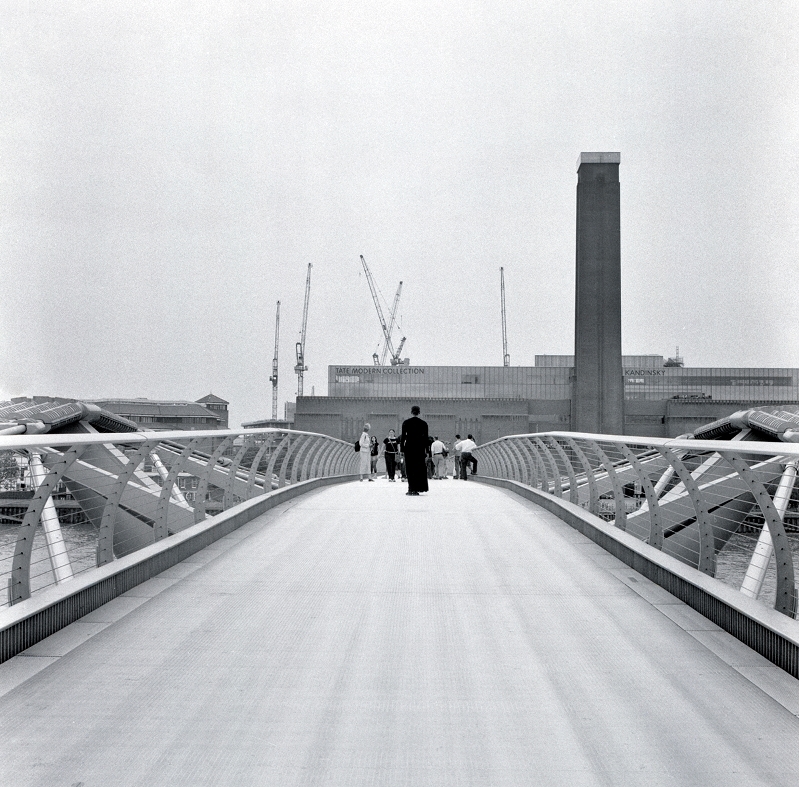We are all so used to it, half time it fails to register. Yet take a look at any city’s gallery listings: pick up Time Out, scan Contemporary Art Daily, or even, much to the magazine’s shame, survey the reviews and adverts in ArtReview, and it becomes very apparent how many more shows there are of male artists than female ones.* So in celebration of International Women’s Day, and in celebration of all female artists, and those striving in all areas of the art world to address this disparity, here’s five great institutional exhibitions from around the world showing work of artists who happen not to have dangly genitalia.
*An editorial note from this publication’s editors: we try. We do our best at equal gender coverage, yet we can only cover what the galleries show. That’s not to shirk our responsibility, but to ask all concerned to do better.
Magdalena Suarez Frimkess
White Columns, New York, to 19 April 2014
Originally from Venezuela, Magdalena Suarez Frimkess moved to Chile at age 18, developing a career that led California artist Paul Harris to describe her as ‘the most daring sculptor working in Chile’ in a 1962 Art in America article. At that point the artist wasn’t working with ceramics, a medium that now defines her work. It was when her husband, the Los Angeles ceramicist Michael Frimkess developed multiple sclerosis in 1971, that she began helping him by decorating the pots he threw. While they still collaborate, Suarez Frimkess’s works has developed their own idiosyncratic aesthetic, an early adopter of figurative pottery design, her clay sculptures sport motifs from across history ranging from Egyptian hieroglyphics to cartoon characters.
Agnès Varda in Californialand
Los Angeles Museum of Contemporary Art, to 22 June
Agnès Varda was once given the moniker the ‘grandmother of the French New Wave’, but more accurately she belonged to the group that called itself the Rive Gauche (Left Bank) cinema movement, alongside the likes of Chris Marker, Alain Resnais, Marguerite Duras and Alain Robbe-Grillet. While she is known for films with strong female-centred narratives, including Cléo from 5 to 7 (1962), which studied the two hours prior to a young pop singer receiving the results of a medical test for cancer, and La Pointe Courte (1954) a portrait of a unhappy small-town couple, her first artistic practice was photography. Some of these photographic artworks will be shown in this first US museum show, together with a new sculptural installation inspired by the artist’s time in Los Angeles in the late 1960s.
Nina Canell: Near Here
Camden Arts Centre, London, to 30 March 2014
Nina Cannel’s work, looks like they, well work. That is to say her sometimes delicate-seeming assemblages, and neat architecturally-specific sculptures, appear as if they are in the middle of some sort of process. A stick balances on a piece of stone for example, a small rock dangling from the end. The parts are from nature, but the arrangement is so unnatural, one might assume that there must be some purpose to this that evades the perception of the viewer.
Rita Ponce de León: Endless openness produces circles
Kunsthalle Basel, to 30 March
The Peruvian, Mexico City-based artist’s sculptural, architectural, installations frequently start off as drawings, improbably materialised into three dimensions. This process is evident in the finished work: the sculptures, made from aluminium, seem to dance across the Swiss museum space with the freeness normally associated with ink or pencil paper. This transformation from page to space is referenced again in Ponce de León’s installation of some of the original drawings, framed and hung at right-angle to the gallery walls.
Carrie Mae Weems: The Museum Series
Studio Museum Harlem, New York, to 29 June 2014
In the ongoing series of photographs, dating back from 2006, being exhibited in this small show, Carrie Mae Weems tackles the gender and racial inequality of art institutions directly. In each image the artist is shown within the vicinity of a major institution, standing with her back to it. When the pictures capture Weems before a particularly iconic building – the Louvre or Tate Modern for example – they could almost be a humble tourist snap, yet the artist’s long black outfit, like a dress of mourning, together with the use of black and white film, suggest a level of alienation. The artist is not just visiting, but actually seems unwelcome.
